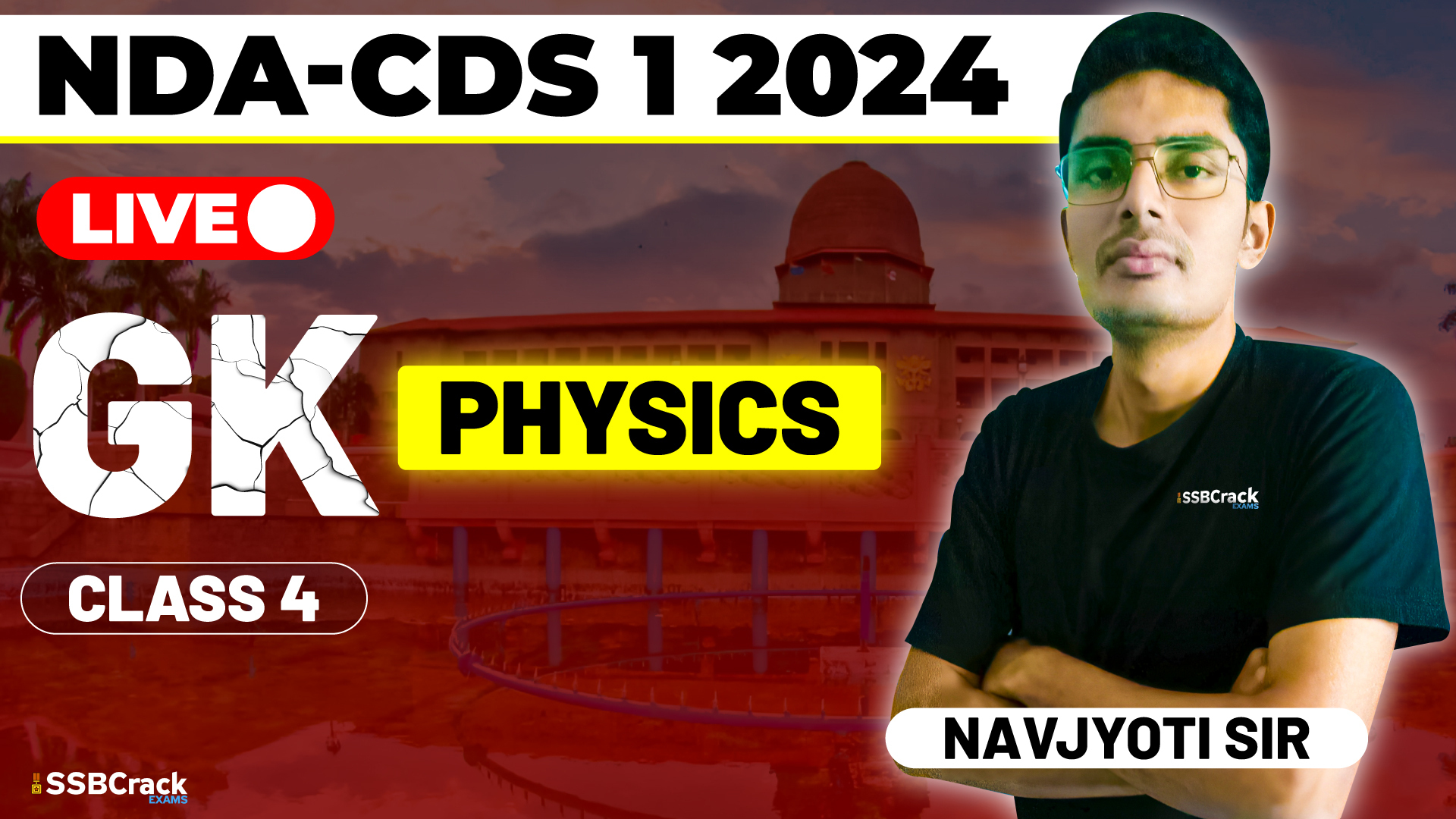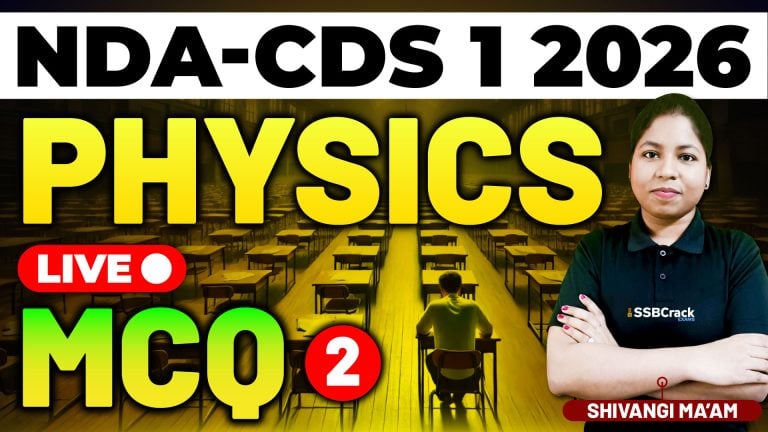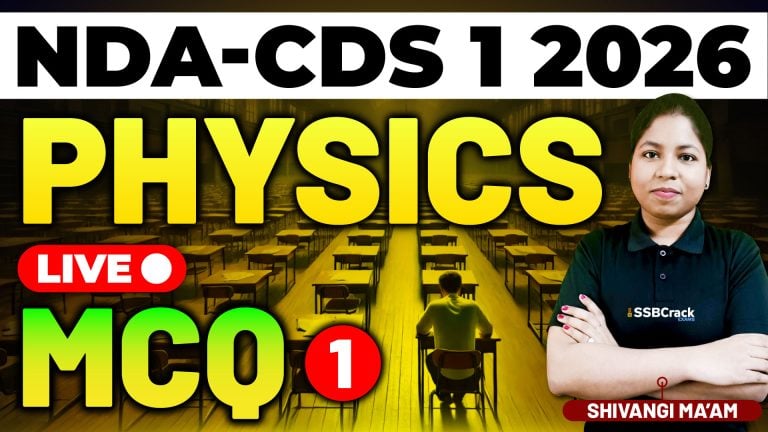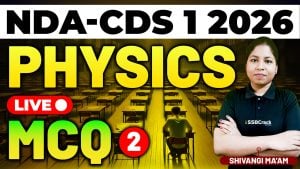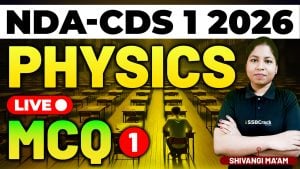In the quest for success in competitive exams like the NDA & CDS 1 2024, a comprehensive understanding of physics is paramount. The GS Live Physics Class 2 emerged as a beacon of knowledge, focusing on crucial concepts and essential questions related to the “Human Eye and the Colourful World.” This article aims to unravel the highlights of the class, offering a detailed exploration of the key topics discussed, complete with practical examples for a more profound comprehension.
Unlocking the Mysteries of the Human Eye:
The class commenced with a captivating exploration of the human eye, a marvel of biological engineering. Understanding the anatomy and functioning of the eye is integral to grasping the optical phenomena discussed in the session. The instructor delved into the structure of the eye, explaining the roles of the cornea, lens, and retina in the visual process.
Vision Correction: Glasses and Lenses:
An integral part of the GS Live Physics Class 4 was the discussion on vision correction, elucidating how glasses and lenses play a pivotal role in addressing refractive errors. The class delved into the mechanics of how these corrective devices alter the path of light entering the eye, providing clarity on the role of convex and concave lenses in vision correction.
Accommodation and Near Point:
The concept of accommodation, the eye’s ability to adjust its focus for objects at varying distances, was a focal point of the live class. The instructor explained how the ciliary muscles play a crucial role in altering the shape of the lens, allowing us to focus on objects at different distances. Practical examples, such as reading a book or viewing a distant landscape, were used to illustrate the dynamic nature of accommodation.
Understanding the Colourful World:
Transitioning from the intricacies of the human eye, the class delved into the fascinating realm of the colorful world. The instructor guided participants through the basics of light and the role it plays in the perception of colors. The discussion covered the primary colors of light, the concept of complementary colors, and the formation of a spectrum.
Dispersion and Formation of Rainbow:
A captivating segment of the GS Live Physics Class 4 was dedicated to the phenomenon of dispersion. The instructor explained how a prism can separate white light into its constituent colors, creating a beautiful spectrum. The class then extended this concept to the formation of rainbows, demonstrating the natural occurrence of dispersion in raindrops.
